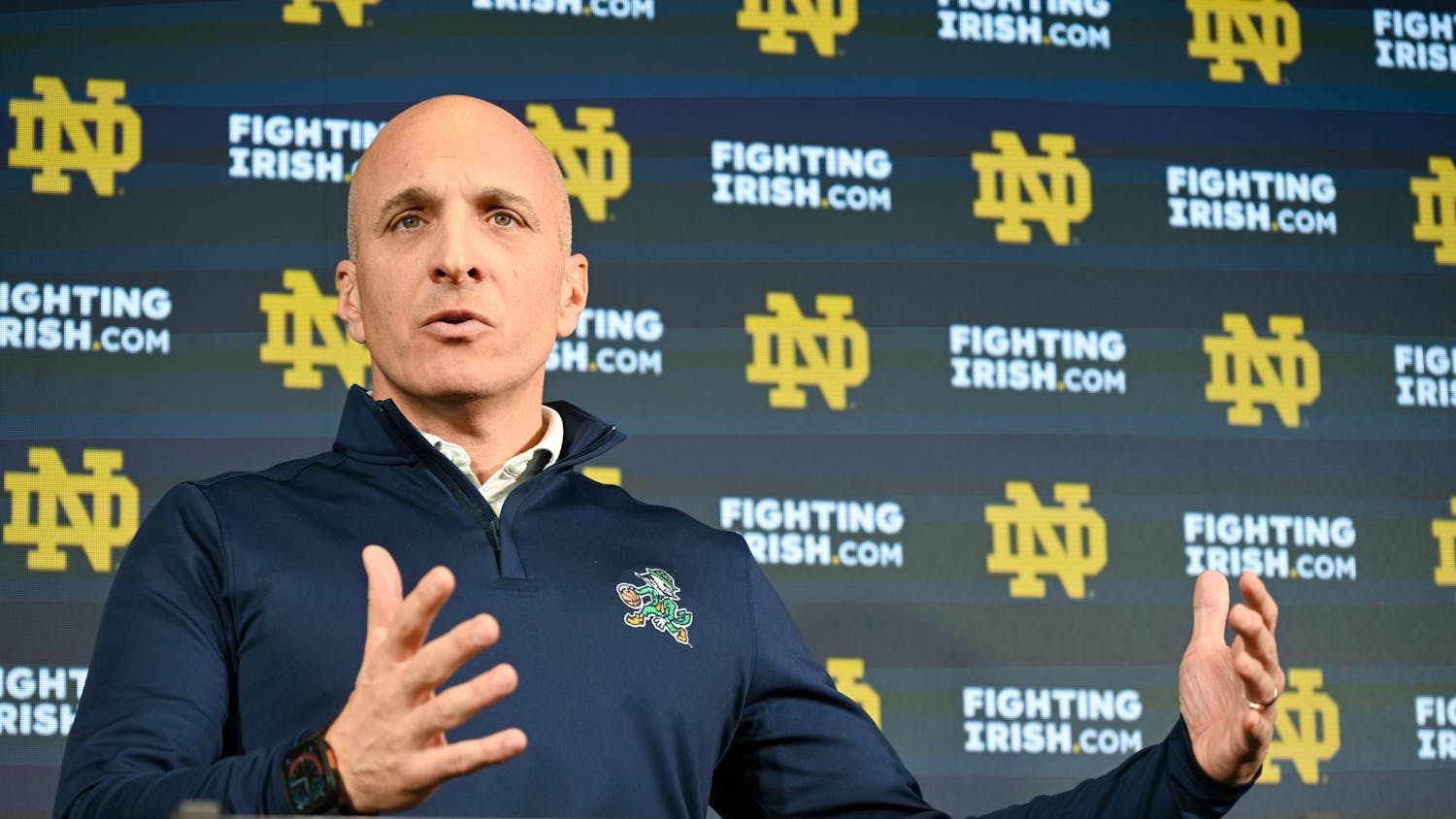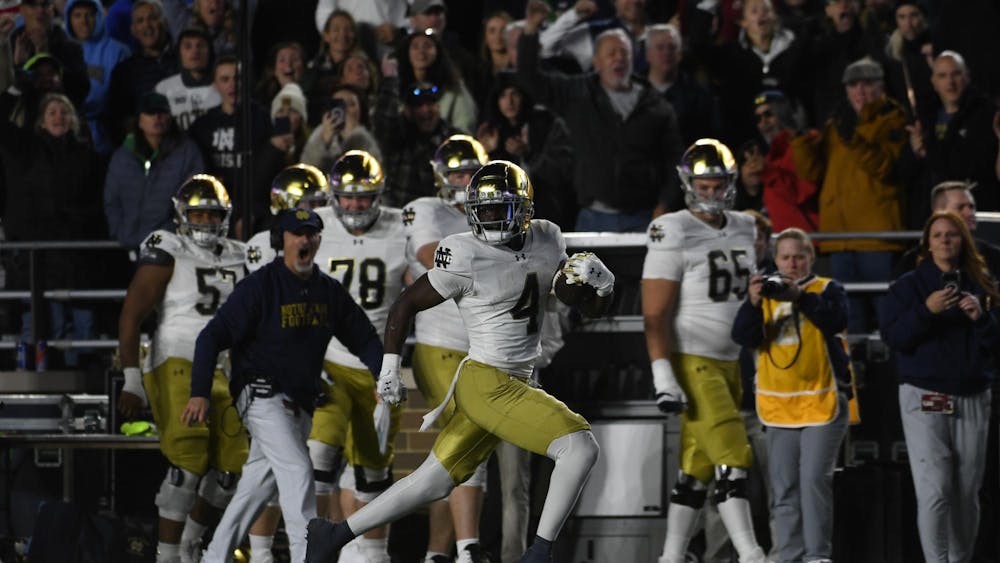It happens every weekend there’s football.
Sometimes it’s a sliding quarterback. Sometimes it’s a receiver as he’s falling down. Whatever the scenario, there’s always a big hit — followed by a flag, 15-yard penalty, an ejection in college and often a fine in the NFL.
With the buzz surrounding concussion symptoms and their long-lasting impact, new rules have been implemented with an eye towards player safety. This is very understandable. The NFL needs to save face after concealing concussion research for years and adding more penalties for helmet to helmet hits is a great way to avoid lawsuits.
But, targeting calls in college, and helmet to helmet penalties in the NFL, have become so common they are hurting the product on the field.
The college game is where I have more of a problem with the rule, because the penalty for being found “guilty” of targeting is an ejection and missing the first half of the next game if the targeting occurs in the second half.
The logic behind the rule is that playing time is the single biggest thing players want and by docking playing time, it makes defensive players want to prevent helmet to helmet hits at all costs.
But that logic, while sound, backfires when referees don’t know how to correctly assess targeting calls.
The rule, as it’s written, includes any contact to the “head or neck area of a defenseless opponent” whether that contact is intentional or not. In addition, leading with the crown of the helmet, or “launching” are grounds for targeting.
This definition includes actual instances where players can get seriously injured, but it also includes a lot of other scenarios where the player being penalized did nothing wrong.
For every hit a player leads with their helmet and launches into the opposing player, there are three or four “targeting” calls where the offensive player ducks their head at the last second and makes contact with the defender’s helmet.
Or as we saw in the NFL on Thursday with Joe Flacco, a quarterback sliding at the last second gets hit by a defender hustling to the play.
Why should plays like these be targeting? A defensive player getting into the best possible position to make a tackle should be penalized for a last-second movement from an offensive player. Similarly, when quarterbacks like Cam Newton or J.T. Barrett run, defenders can’t let up for a microsecond or they risk giving up yardage. NFL athletes are too big and fast for defenders to play any less than 100 percent.
If you want to call a 15-yard penalty on these kind of incidental hits that are simply part of the game, no matter how well you teach “safe” tackling techniques, that’s one thing.
But suspending players with only a cursory review process is a miscarriage of justice. I am in favor of abolishing ejections altogether, but if ejections have to be part of the rulebook, at least take the time to really review the play — not just two minutes by the on-field referee who has the coaches yelling in his ear after the fact. Let calls for suspensions be made by the league office or the NCAA with ample time to review the intent of the play in question. This would penalize players who are acting maliciously, but give those who were victims of circumstance a pardon.
Proponents of the targeting rule will tell you that defenders need to be taught better tackling techniques to avoid leading with the helmet. And that’s an important step that should be implemented in high school and youth football.
But conditions in a tackling drill are vastly different than those in a live game. Offensive players are running faster and coming at defenders in different angles than a scripted drill. And with both the college and professional game making pushes for less practices with full pads, that just means less time to practice the “safer” techniques.
Simply teaching better tackling techniques will not eliminate helmet to helmet hits.
In time, better fundamentals will undoubtedly reduce the risk of head injuries, but in the meantime, let’s stop fining and suspending players who are just playing hard.
Read More
Trending








